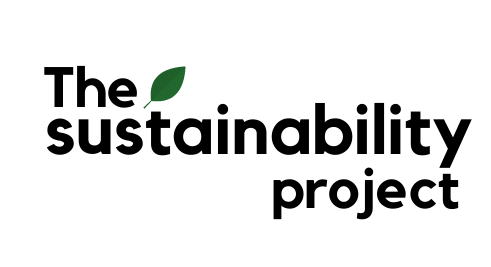Do you tend to give in to promotional sales like the one above? Ahh, that 1:1 flash deals, 2:2 vouchers, CNY sales, valentine’s day promo and the list go on…
Don’t worry, you’re not alone. It is no doubt that modern-day consumerism has evolved to more than just fulfilling our needs. In fact, don’t you agree that it has hit fever pitch?
The digital culture is literally reshaping the way we interact, shop and lead our lives. It’s almost as if our entire quality of life depends fundamentally on indulging a temporary material desire that we saw on that Instagram, Youtube or TikTok influencer.
Next time before we scroll through the fashion store listings, shall we start considering the environmental costs behind that $5 piece of apparel?
Natural vs Synthetic: Which is more harmful to the environment?
Answer: Synthetic Fibres
Synthetic fabrics are cheap & versatile materials that brands loooove to use, in order to keep prices low while offering a wide range of styles. But here lies a big big problem – the fast-fashion culture. Let’s explore things one by one!
1. Mass Production: Are resources adequately used?
In the fast fashion industry, speed and quantity is everything. Apparels are, unfortunately, not made to last. Zippers snap, stitches unravel, waistbands shrink, buttons loosen after a few washes.
They are made from cheap, poorly-constructed fibres. They are mass-produced in large manufacturing plants across the globe. And they can’t be recycled nor decomposed.
Read More: Natural vs Synthetic Fibres #1: The Production Costs
Can you imagine how much money spent on fast fashion goes down the drain? And that’s not the only thing that is going down the drain. The fuel energy used to power manufacturing plants, the chemicals produced to create synthetic fibres, the amount of water they pollute, the transportation footprint, manpower costs, environment space and so much more…
The fast fashion industry has convinced us into believing that nothing of these matters, as long as our parcels arrive at our doorstep within 1-day shipping.

2. The Buy-and-Throw culture: What happens to the clothing you discard?
That big pile of old clothing that you threw in the bin, most probably go straight for the landfill or incineration. And there you go, we generate air pollution from burning endless piles of replaceable apparel.
We’ve also contributed to filling up the already-congested landfills. What’s more, these clothing from synthetic sources doesn’t degrade that well. For instance, a Dri-FIT polyester shirt can take anywhere from 20-200 years to decompose.
With about 10,000 pieces of clothing being sent to the landfill every 5 minutes on this date, how much further can the landfill take?
3. Microfibre Pollution: how green is it to wear synthetic fabrics?
You may probably ask: “But what if I buy fast-fashion clothes, and I hardly ever throw them away?”
Sorry to burst your bubble, but wearing synthetic fabrics is still hurting the world. Every synthetized fabric emits toxic waste. Exceptionally for polyester and nylon, they release nitrous oxide ( 300 times more harmful than carbon dioxide) in the wash.
Just one single load of laundry and we’ll flush as many as 700,000 fibres into our waterways & sewers. And yes, they contribute largely to microplastic pollution, which ends up in the ocean and the seafood that we consume.
In fact, 35% of the microplastic in the ocean are synthetic fibres. Believe it or not, these plastic fibres have already flowed as far as the North Pole and Antarctica.

On a more serious note, I’m sure you’ve seen many heartbreaking clips of marine animals being trapped by plastic. Sadly, sea animals do not possess the ability to differentiate between food and plastic.
When animals eat plastic, plastic eats their lives too.
Surprising isn’t it? You’ll be even more surprised to find out we humans are already eating microplastics. That bite of food or even that sip of tea you take. They probably contain that teeny-weeny plastic particle.
After all, microplastics are so tiny, they’re almost impossible to be seen by our naked eye.
Now that you know how much synthetics costs to our environment, search through your closets and take a look at your apparels – how many of them are made from synthetics?
Well, it’s okay if there are plenty. Moving forward, what’s important is to identify ways to reduce our waste & carbon footprint in our shopping habits.
Do stay tuned as I address this in the next series – Natural vs Synthetic Fibres #3: The Moral Costs!

